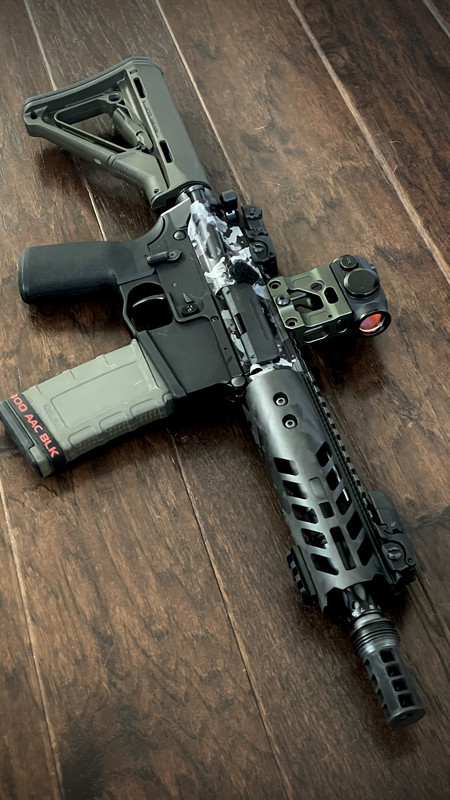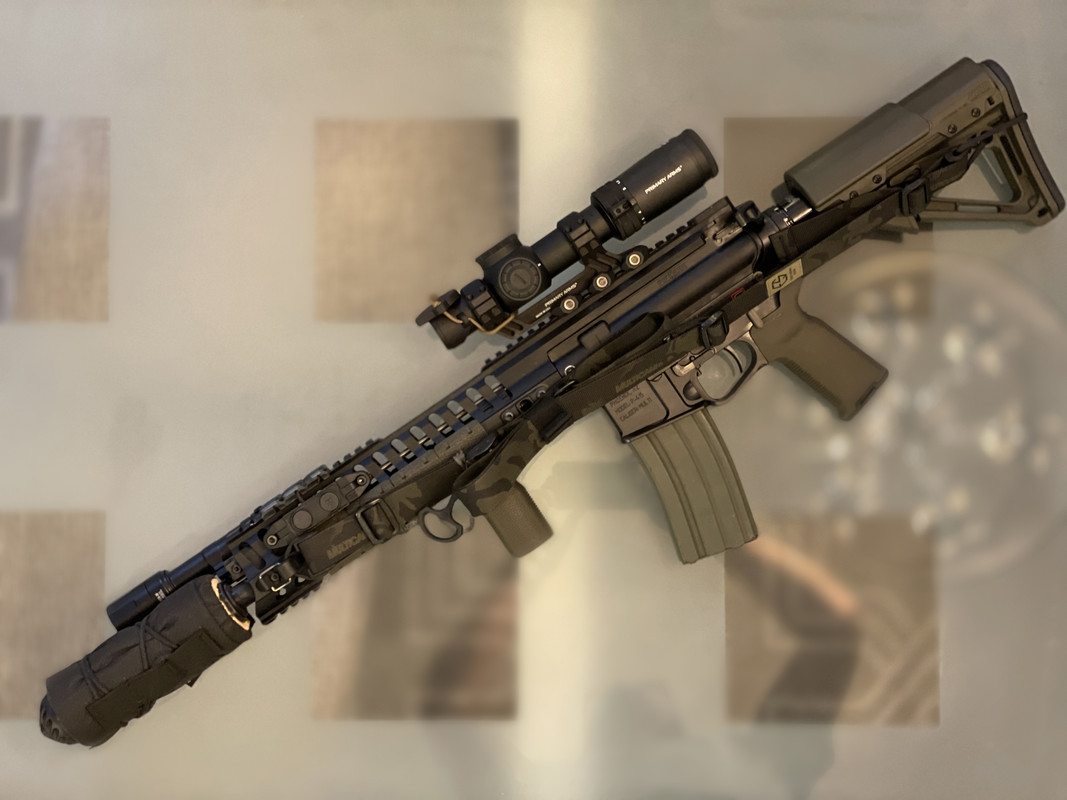My current favorite is probably an RCA TI carrier paired with an Unrivaled Technologies magnetic captured buffer. It's different from the SCS in that it's very light but uses magnets to hold the BCG in battery rather than buffer weights to eliminate any potential for bolt bounce.
Dude. I've been an RCA Ti fan for a while and have a few in various rifles. I recently ordered the Unrivaled dead blow buffer (comp version) after reading your post/watching video and threw it into a spare parts build in 300 blackout. I usually curse you guys for spending my money but I tell you what...this thing actually works really well in the recoil mitigation department. The difference between this build and the Sig LT in 300 blackout is STARK, subs or supers. Makes the Sig feel like a 300 Win Mag in comparison, even with subs.
I only built this thing to shoot all the supers I have loaded up since they're bonded bullets and I don't feel comfortable shooting them in the Sig (fast barrel twist rate). But holy hell, with subs, it really is like a .22LR. I have the JP SCS and I may have to swap them back and forth to experiment but I think it'll crush the JP. Money well spent, IMO.
I'd already tuned the gun with a standard spring and Odin adjustable buffer. Threw in the Unrivaled and it worked like a charm right off the bat.
I'll likely be purchasing a few more and kinda wondering if the duty version will work in my POF Revolution DI and bring it that much closer to a hot 5.56 load in felt recoil.








